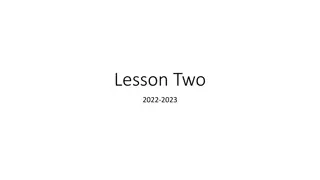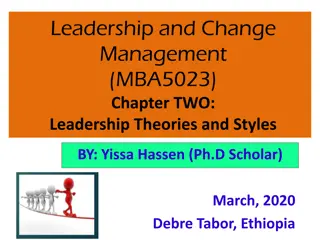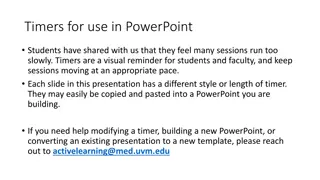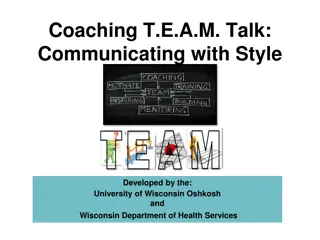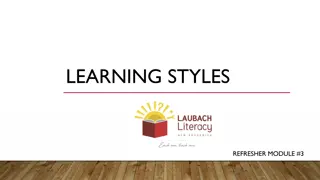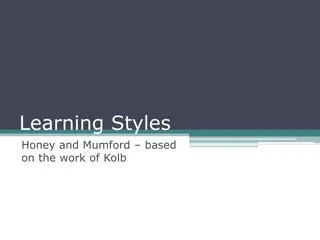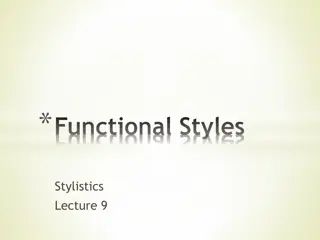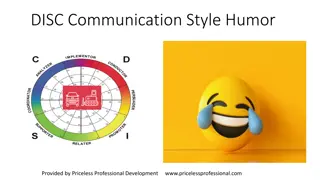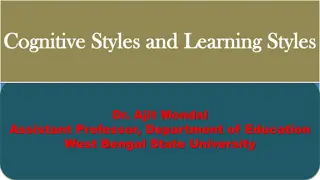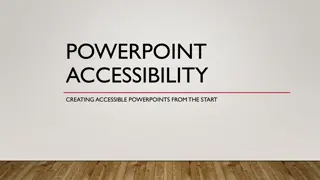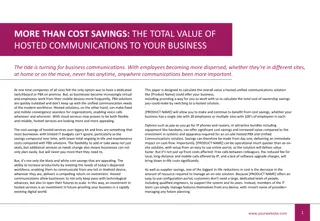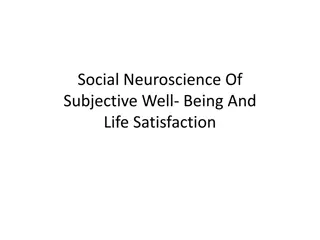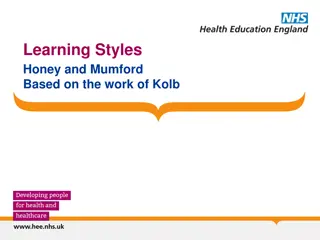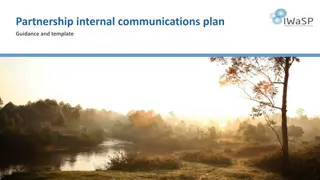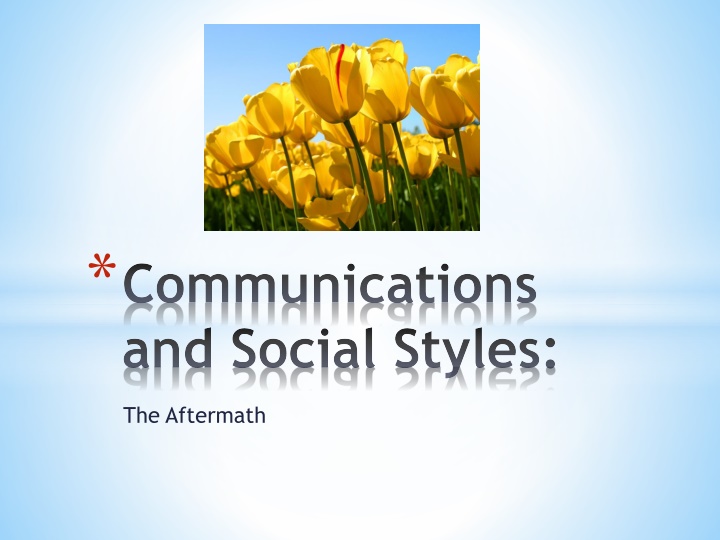
Effective Communication Strategies: Understanding Social Styles and Listening Skills
Learn about effective communication strategies, factors influencing communication, active listening techniques, asking open-ended questions, good and poor listening skills, and different social styles. Enhance your communication skills for better interpersonal relationships and successful outcomes in various situations.
Download Presentation

Please find below an Image/Link to download the presentation.
The content on the website is provided AS IS for your information and personal use only. It may not be sold, licensed, or shared on other websites without obtaining consent from the author. If you encounter any issues during the download, it is possible that the publisher has removed the file from their server.
You are allowed to download the files provided on this website for personal or commercial use, subject to the condition that they are used lawfully. All files are the property of their respective owners.
The content on the website is provided AS IS for your information and personal use only. It may not be sold, licensed, or shared on other websites without obtaining consent from the author.
E N D
Presentation Transcript
*Communications and Social Styles: The Aftermath
To be understood To understand others COMMUNICATION To get something accomplished To be accepted
Factors that influence communication: Context-the situation in which the communication takes place Interpretation-the receiver determines the intent of the message. This often where the miscommunication occurs Feedback-a follow-on message which, in turn, creates more feedback Barriers- obstruction to effectively getting our message correctly interpreted Semantics- the meaning of words Jargon- the vocabulary peculiar to a particular trade, profession or group. Acronym- a word formed from the initial letters or groups of letters of words in a phrase (ex. ERS-Employee Reimbursement System)
*Active Listening Verbal---The words we hear/say Non Verbal---What we see/body language Para-language---How we say what we say (tone, volume, pauses, etc.) Verbal 7% Non-Verbal 38% Para-language 55%
*Asking Questions Questions help us gain information and understanding. Make sure you are asking open ended questions in order to obtain the most information as possible.
Examples of open ended questions: (Cannot answer w/yes or no) What concerns do you have? What s your view of the situation? What might work for you? Examples of closed-ended questions: (Can answer w/ yes or no) Have we covered everything? Can you tell me what s been happening? Are there things you can do to help resolve this issue?
Good and Poor Listening Skills Good Eye Contact Clarifying/asking questions Responding/providing input Looking interested in what s being said Avoid mixed messages (back to clarifying/asking questions) Poor Looking away/rolling eyes interrupting No responding Answering phone or email during conversation
SOCIAL STYLES Thinks things through carefully Prefers not to be highly assertive Very trusting in data Concentrate on tasks more than developing relationships Highly Assertive Action Oriented Focus on Tasks and Results Analytical Driver Amiable Expressive Thinks things through Prefers not to be assertive They trust intuition more than facts Enjoy developing relationships and consider it part of getting a job done. Highly Assertive Action Oriented Focus on people and generating ideas



